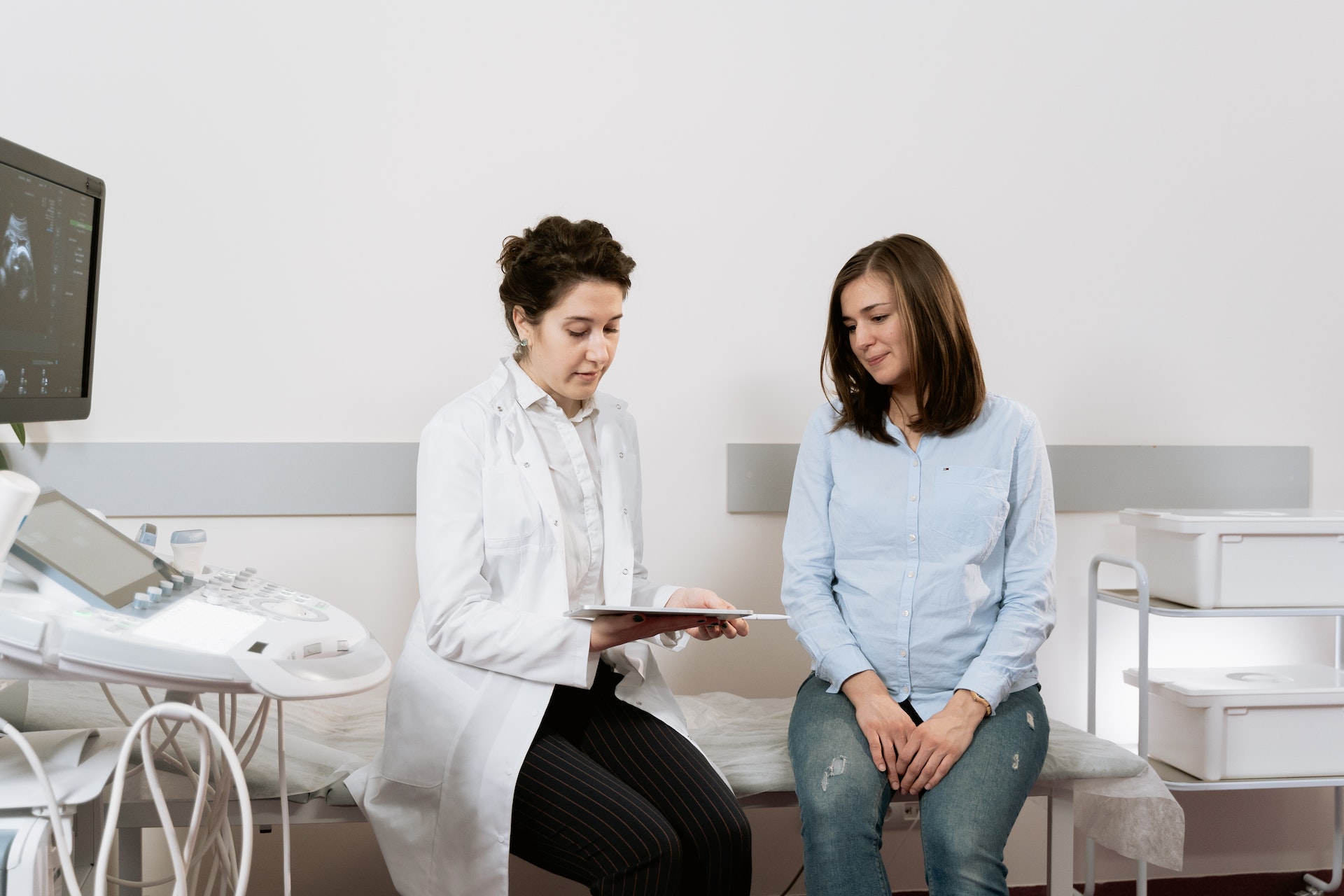Many organizations compliant with the Health Insurance Portability and Accountability Act (HIPAA) grapple with incorporating video surveillance into their security strategy.
In the United States, the HIPAA rule imposes significant responsibilities on covered entities, including healthcare providers and their business associates. One crucial aspect of HIPAA compliance involves safeguarding surveillance footage captured by closed-circuit television (CCTV) systems. Blurring CCTV footage has emerged as an essential measure to ensure compliance with HIPAA regulations and maintain patient confidentiality.
How does HIPAA protects patient privacy ?
HIPAA, the Health Insurance Portability and Accountability Act, was enacted to maintain the privacy and confidentiality of patient health information. It does so by setting rigorous standards for handling and disclosing protected health information (PHI), which encompasses any data that could potentially identify a patient. Healthcare facilities often deploy CCTV systems for security and monitoring, but these systems can inadvertently capture PHI. Therefore, under HIPAA’s Privacy Rule, healthcare providers are required to implement safeguards to secure the privacy of PHI, setting limitations and conditions on its use and disclosure without patient approval. For example, video footage containing PHI must be securely stored and access should be restricted to authorized personnel. Similarly, the Security Rule mandates that healthcare organizations maintain administrative, technical, and physical safeguards to protect electronically held or transferred PHI. In the context of CCTV footage, this could involve secure, encrypted storage solutions, and stringent access control measures. Furthermore, in case of a breach of unsecured PHI, the Breach Notification Rule necessitates that affected parties, and in certain situations, the media and the Secretary of Health and Human Services, be informed. Through such provisions, HIPAA ensures that video security solutions are leveraged effectively while upholding patient privacy norms. Nonetheless, the complexity of these compliance requirements underlines the importance of consulting with a healthcare attorney or privacy expert when implementing video surveillance systems in healthcare settings.
Why blurring CCTV footage is crucial to stay compliant with HIPAA ?
A security camera (like a CCTV system) in a healthcare setting can capture PHI (protected health information) such as names, geographical data, vehicle identifiers and serial numbers including license plates, full-face photographs, and any other unique identifying number, characteristic, or code. This could potentially be in violation of HIPAA unless certain precautions are taken. This might occur, for instance, if the CCTV footage captures a patient’s face (a form of biometric identifier), if it captures the name or other identifying details on a patient’s paperwork, or if the footage is used or disclosed in a way that allows someone to identify a patient.
Blurring CCTV footage can be one way to de-identify the footage and thus help a covered entity stay compliant with HIPAA. By blurring out faces and license plates the footage can be used for security purposes without compromising patient privacy.
Blurring CCTV footage can be one way to de-identify the footage and thus help a covered entity stay compliant with HIPAA. By blurring out faces, paperwork, and other potential identifiers, the footage can be used for security purposes without compromising patient privacy.
What are the benefits of Blurring CCTV Footage ?
- Preserving Patient Confidentiality
- Mitigating Data Breach Risks
- Supporting Investigative Purposes
- Enhances patient trust and confidentiality
- Deters potential misuse of footage
- Promotes a culture of privacy and respect
Protect with BlurIt- Faces and license plates blurring solution
BlurIt, a cutting-edge blurring solution, provides a valuable tool for ensuring compliance with the Health Insurance Portability and Accountability Act (HIPAA) rule regarding the protection of personal health information. With the increasing reliance on digital platforms for medical documentation and sharing sensitive healthcare data, BlurIt offers a robust solution to anonymize faces and license plates, safeguarding the privacy of individuals in healthcare-related imagery and videos.
Conclusion
HIPAA compliance and video surveillance represent a balancing act between preserving patient privacy and ensuring security. While the use of video surveillance within healthcare settings can prove beneficial, it must be implemented with privacy in mind to protect patients’ rights and adhere to regulatory standards.
Any PHI inadvertently captured in video footage must be handled according to HIPAA’s stringent rules. In situations where video footage might be necessary for purposes beyond direct patient care, such as for research or educational purposes, HIPAA provides guidance on de-identification of PHI. One common method of de-identification in video footage is blurring, which obscures identifiable details to prevent recognition of individuals. In such ways, the captured information can still be used while respecting the privacy norms established by HIPAA.
